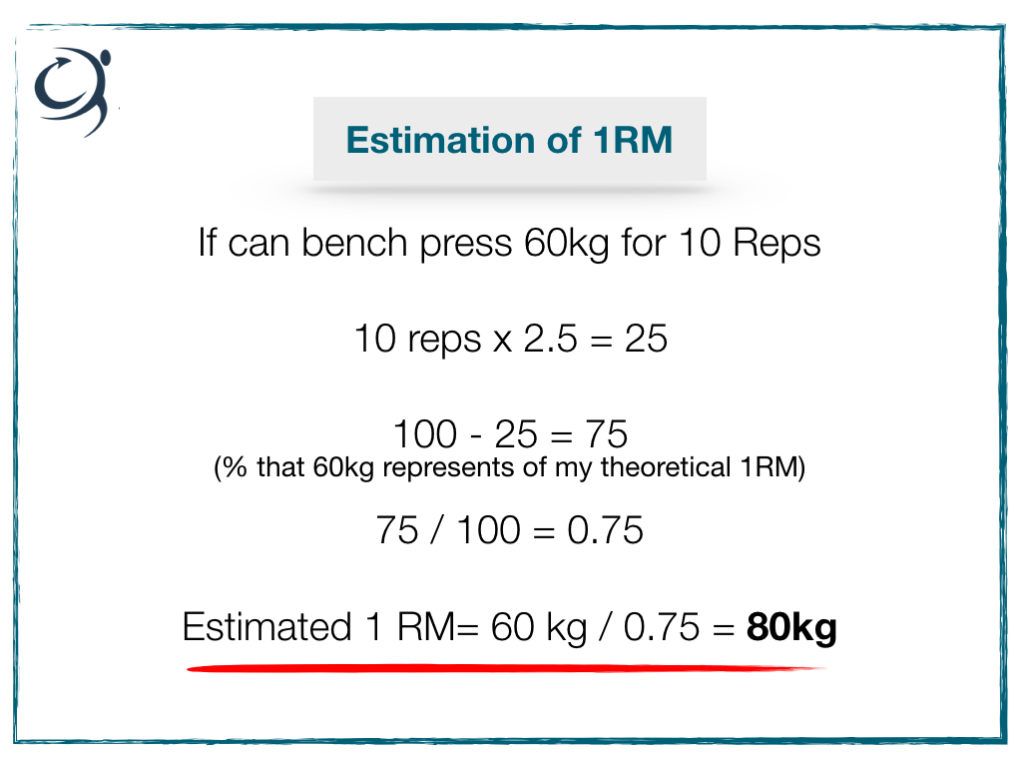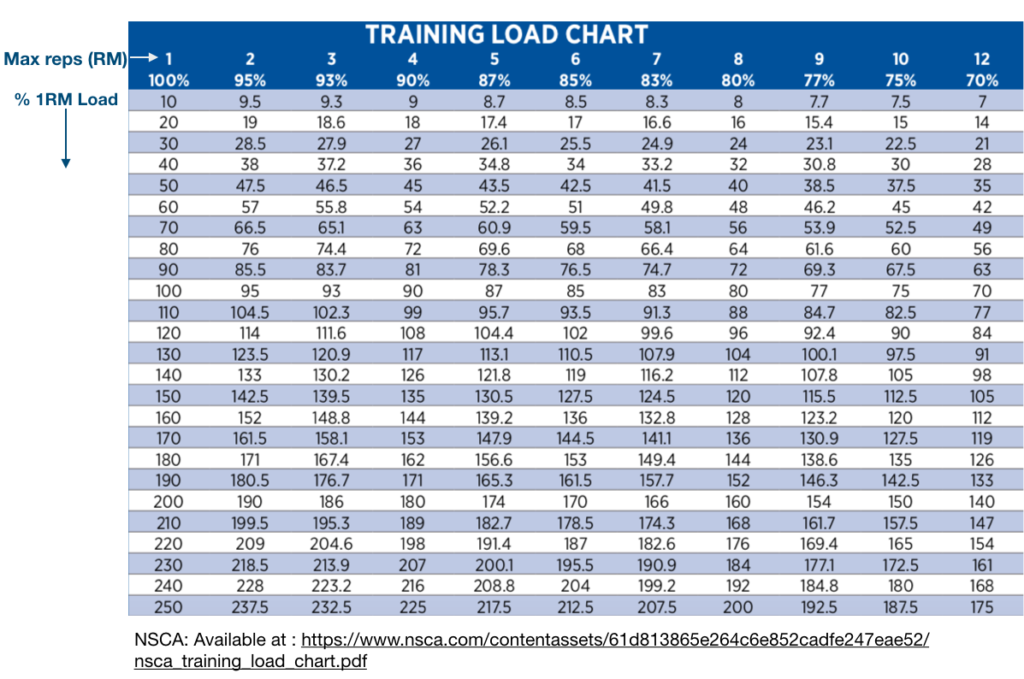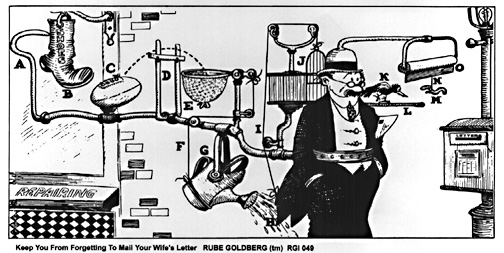Hello one and all and welcome to post 24 of Strength & Conditioning for Therapists. By request, we’re looking a prediction equations for Repetitions Maximum (RM), or percentages of them today.
The 1RM (Repetition Maximum)
A common assessment of muscular strength is the one-repetition maximum or 1RM, which is the amount of load that can be lifted in a single repetition. we’ve addressed the utility of this as a measure of strength in a previous post (see here). Knowing the 1RM can also help with prescription of absolute loads for different resistance training prescriptions.
To work through the protocol to find out what a person’s 1RM is can be time consuming and not conducive to time-pressured clinical practice. Another option is to estimate what the 1RM might be.

Calculating 1RM
There are several equations and the accuracy can be influenced by several things, such as upper vs lower body exercise, whether people are trained or not. The ACSM (American College of Sports Medicine)[1] describe a protocol to follow to estimate the 1RM, usually for multi-joint exercise like the bench press or squat.
- Multiple the number of repetitions you can perform on an exercise to failure by 2.5, for example, a load you can lift 10 around times
- Subtract that number from 100 to determine the percentage of your 1RM
- Divide the above number by 100 to get a decimal value
- Divide the weight you lifted by the decimal value to get your estimated 1RM

If you want to get some idea of how your (or your patient’s score) compares to the ‘norms’ you can divide the score by body mass so the figure is expressed as a ratio: weight lifted kg / body mass kg and use the tables published by ACSM. This isn’t all open access, but there’s a cheeky excerpt Human Kinetics have made freely available that shows just the bench press norms for males and females (see here). For the full set of tables for uppitiest and lower lower body strength you’ll have to access p97-98 of ACSM’s Guidelines for Exercise Testing and Prescription [2]
Bear in mind, however, these data were predominantly collected from white, college-educated people, so not reflective of the World’s community. Also comparisons of the ACSM normative data with other ‘normal’ populations show that rankings might be too low for some tests and too high for others. Also, several studies using regression analyses show that estimates based on fewer than 10 repetitions are more accurate in determining the 1RM. However, at least this gives you a starting point.
Using The 1RM to Assign A Training Load
Once you’ve got an absolutions load, in kg or lbs, for your 1RM, whether that be estimated or actually performed, you can then use the tables to assign the training load for your chosen prescription. See below for an excerpt from the NSCA’s publication (available here)

Strength Training Zone
A final note, I’ve spoken before about high loading for optimal strength gain, specifically 3-5 RM. Look at the Max Reps (RM) row in the table above, and then look at the % RM Load below. Notice 3-5RM is 87%-93% of 1RM? Here’s the problem, many strength training studies assign a training load of around 80% 1RM, which is 8 reps. Whilst there’s nothing wrong with this, we are potentially missing a trick and underestimating, or underdelivering the magnitude of strength gains that are possible. And in time-pressured environments maximising that input-output equation, or getting the most bang for your buck, is key.

References
- Bushman (2017) ACSM’S Complete Guide to Fitness and Health
- ACSM’s Guidelines for Exercise Testing and Prescription. Link



